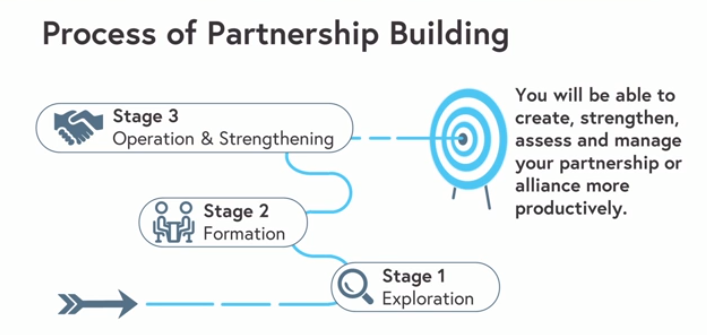Home
/ Healthcare & Medicine / Care / Capacity Building: Core Competencies for Health Promotion / Process of Partnership Building - Part 1
This article is from the free online
Capacity Building: Core Competencies for Health Promotion


Reach your personal and professional goals
Unlock access to hundreds of expert online courses and degrees from top universities and educators to gain accredited qualifications and professional CV-building certificates.
Join over 18 million learners to launch, switch or build upon your career, all at your own pace, across a wide range of topic areas.

 Then he will give 2 projects as examples. One is in Nepal. The other is Project SWAN in Vietnam. He will especially explain partnership in Project SWAN in detail. Please takes notes on the two projects. We will design our own strategy for a situation project in the later step.
Then he will give 2 projects as examples. One is in Nepal. The other is Project SWAN in Vietnam. He will especially explain partnership in Project SWAN in detail. Please takes notes on the two projects. We will design our own strategy for a situation project in the later step.


